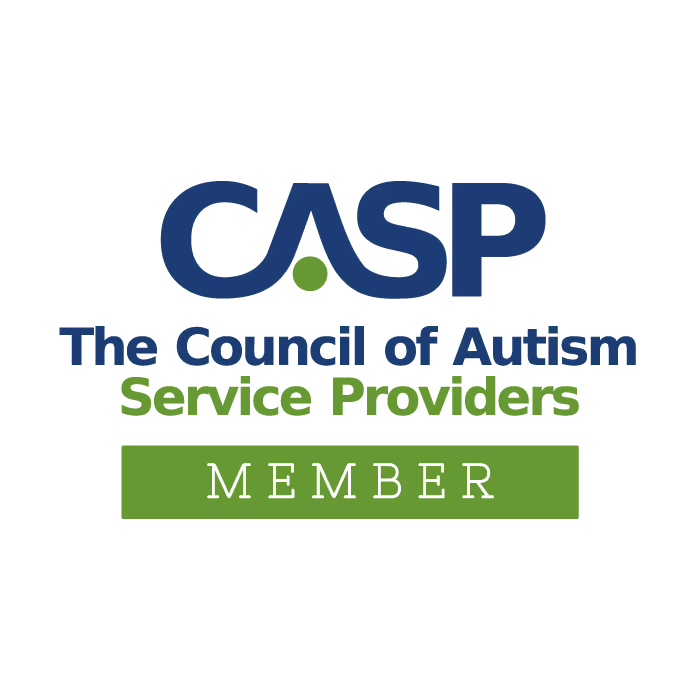Whether your child has already been referred to an occupational therapist (OT) or you’re simply wondering if this would be a helpful route, there are a few things to know going into an occupational therapy evaluation. Occupational therapists are concerned about an individual’s level of participation in daily activities that are important to him or her. For many children and their families, this means that an OT will be curious about a child’s skills related to self-help, play, peer relationships, academics, and self–regulation. An occupational therapist will want to know what is important to you and set attainable goals that reflect priorities of the child and the family. Not all practitioners will gather this information exactly the same way but the general components of an Occupational Therapy evaluation will include background and developmental information, interview with parents or caregivers, assessment and observations directly with the child, and finally a comprehensive report that summarizes information gathered and sets goals for therapy based on those results.
Background and Developmental Information
Many therapists will request information on birth and developmental history prior to meeting for the first time. If you are able to provide other records that you believe would be helpful, such as reports from previous assessments, teacher summaries, or other pertinent medical history, include these in the evaluation process to generate a complete picture.
Caregiver Interview
Interview with the parent or primary caregiver is an extremely important component of the evaluation process. No one knows your child better than you. The information you provide is vital for identifying priorities and setting realistic goals that will make a difference in your child’s life. The occupational therapist will guide the conversation by asking about your main concerns and what you hope to accomplish through occupational therapy. Depending on the issues you identify, she will want to know more about your child’s adaptive behavior habits such as level of independence with self-care, skill level with fine and gross motor tasks, social and play skills, self-regulation abilities, and executive functioning. The information you provide will allow the therapist to choose the most appropriate assessment tools in the next portion of the evaluation.
Assessment and Observation with the Child
Once the OT has gathered necessary information from you, she will spend time with your child. This time is focused on building rapport, utilizing standardized assessments to identify developmental skill levels, and completing clinical observations that inform her of your child’s motor and sensory development, self-regulation abilities, and executive functioning skills. Specific skills that may be assessed include:
- Visual motor and visual perceptual skills
- Fine motor development related to dexterity, strength, grasp efficiency, range of motion, and bilateral use (how well the hands work together)
- Gross motor strength, endurance, and coordination
- Motor planning abilities
- Self-help skills related to dressing, grooming, and feeding
- Executive functioning skills related to attention, organization, flexibility, etc.
- Self-regulation (how a child calms themselves or adapts to their environment)
- Sensory processing abilities (how a child processes what he sees, hears, feels, etc. and produces an appropriate response)
Evaluation Report
The final piece of the evaluation process is reviewing the report, which summarizes all information gathered, the clinical impressions of the therapist, and treatment goals that address identified concerns while utilizing a child and family’s strengths. Often this report will also include general recommendations and a time frame for the treatment plan before a reassessment is warranted.



.png)










.png)

















